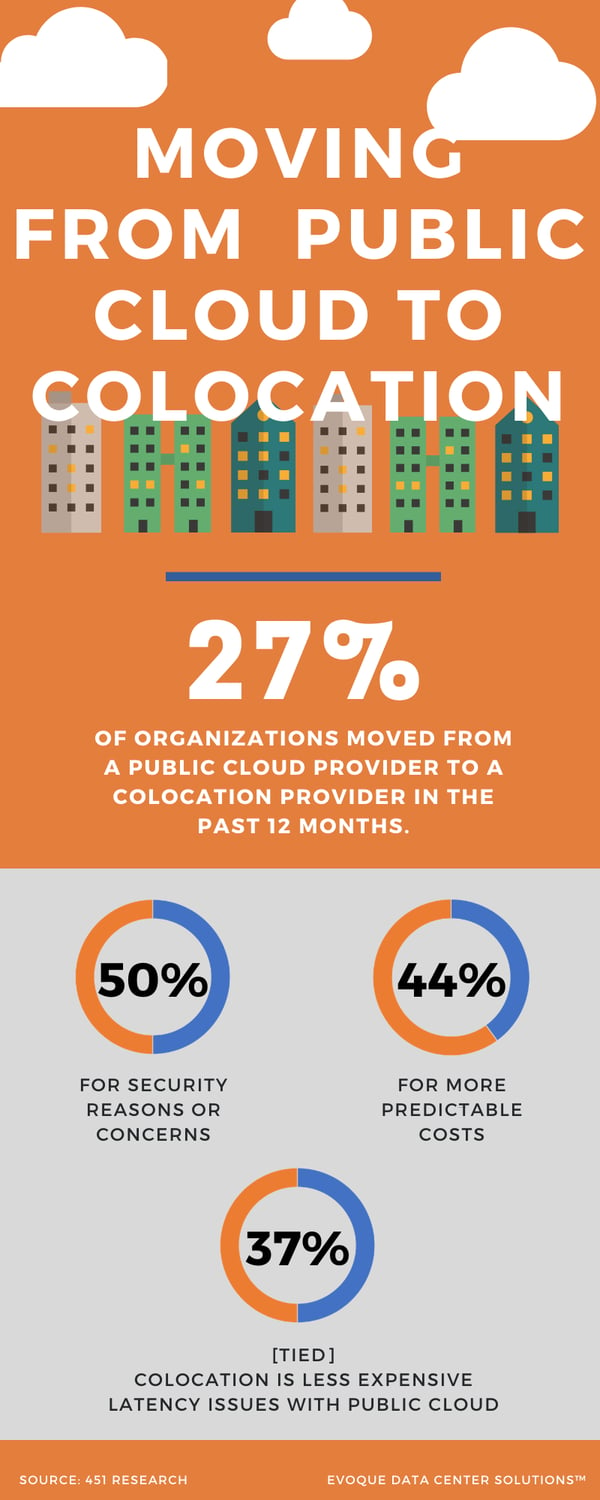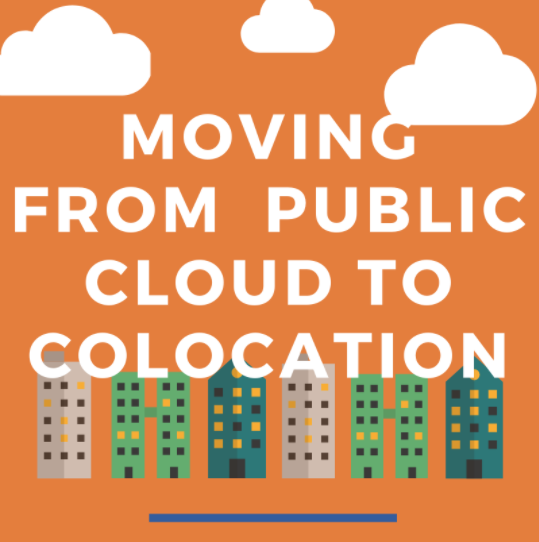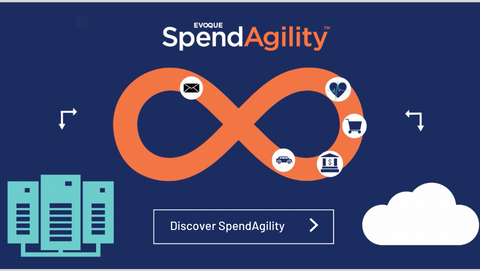May 20
The race to all things cloud has been running for a few years now. But with time comes knowledge, and enterprises are beginning to realize that cloud solutions are not the answer to all needs. Whether it is the cost of scaling cloud or the need for better security and compliance control, some things simply do not do well in public cloud environments. That is why we are seeing companies pull back from the in-all cloud strategy and re-embrace colocation.

Finding a symbiotic relationship between a colocation solution provider and a Cloud Service Provider (CSP) allows organizations to find the balance that works well for them. This method is referred to as a hybrid environmental solution. In a hybrid environment solution, your organization will be able to leverage one or multiple cloud service providers where it makes sense, enabling your organization to achieve better security, predictable latencies, and potential cost savings.
If you are thinking about deploying or designing your own hybrid solution to data management, there are best practice methods of how to use cloud service providers and colocation together.
What Works Well in the Cloud
There is no denying that cloud service providers are extremely useful and there are many situations where they are the smarter business decision.
One of the biggest appeals of CSPs is that they are easily scalable and relatively affordable to store your data (i.e. meta data, data lake, or data warehouse). Putting data into the cloud has a minimal charge associated with it. Removal or egress of data from the cloud service provider, however, does have a cost (anywhere from 0.025 cents to 0.095 cents per gig). For this reason, cloud service providers are ideal for data “cold storage.” If you’re generating or collecting a large amount of data, but do not necessarily need regular access to all of it, the cloud is the perfect place to park it. The same goes for archiving needs for organizations that need to (or want to) hold on to historical data.
The affordable storage capacity of cloud solutions comes in particularly handy for IoT use cases where an immense amount of data is generated. This data can be sliced and diced, analyzed, and data mined while in the cloud. This enables your organization to use data that your organization already has and owns and to select relevant pieces of data to be extracted as needed, allowing you to save on egress costs.
Cloud service providers are also ideal for occasional scaling needs. Use cases such as seasonal retail spikes (e.g. holiday shopping), open enrollment periods, or other situations that demand elasticity can be handled much more quickly and effectively in a CSP’s environment than in a privately owned data center. In order to scale quickly within your private data center, you would need dedicated infrastructure that sits largely unused — not a very economical solution. Cloud service providers enable your enterprise to quickly scale up to meet your compute needs then scale down when the need subsides, allowing enterprises to more closely control costs while maintaining a good user experience.
When to Use Colocation
While cloud service providers have their place, enterprises are finding that public cloud is not the perfect paradigm.
As mentioned above, egress costs can quickly skyrocket with all-cloud solutions. In today’s always-on, data-heavy world, managing these costs is particularly important. Many organizations use colo services as an affordable way to house data that regularly needs to be accessed. This may be data the company itself is accessing, or it could be customer-facing data for caching and data delivery purposes.
One prime colocation use case is end user application refreshes. The typical refresh rate of an API (Application Program Interface) is between 1ms-3ms, if you multiply the number of users using the API, watch what happens to the egress charges with a cloud solution. By integrating a colo hybrid environmental solution to your API refresh, data is pulled from your equipment in the colocation data center rather than the public cloud. This allows organizations to control costs more efficiently.
There also remain questions around cloud security, compliance, and control that lead organizations to maintain physical data center engagements, often in the form of colocation solutions. Organizations that need to adhere to strict compliance standards such as PCI or HIPAA need to be able to prove physical data center security, which can be more difficult with cloud service providers depending on the solution and provider. Other organizations that handle sensitive data just worry about overall cloud security and are opting for more traditional solutions.
Creating a Hybrid Cloud + Colocation Environment
Today’s data management and IT infrastructure strategies are not an either/or decision between cloud or colocation. There are ideal use cases for each approach and many enterprises are building hybrid strategies that take advantage of the strengths of each.
Choosing a colocation provider that offers cloud connectivity capabilities makes managing a hybrid environment simple, as you can quickly move data between the colo data center and cloud service providers as needed. Using a colocation data center as your main hub of operations also makes it easy to centralize operations while accessing multiple cloud providers.
Used together, cloud and colocation make for a strong IT foundation that gives enterprises more control over cost, security, and scaling than they would have with one solution alone.





